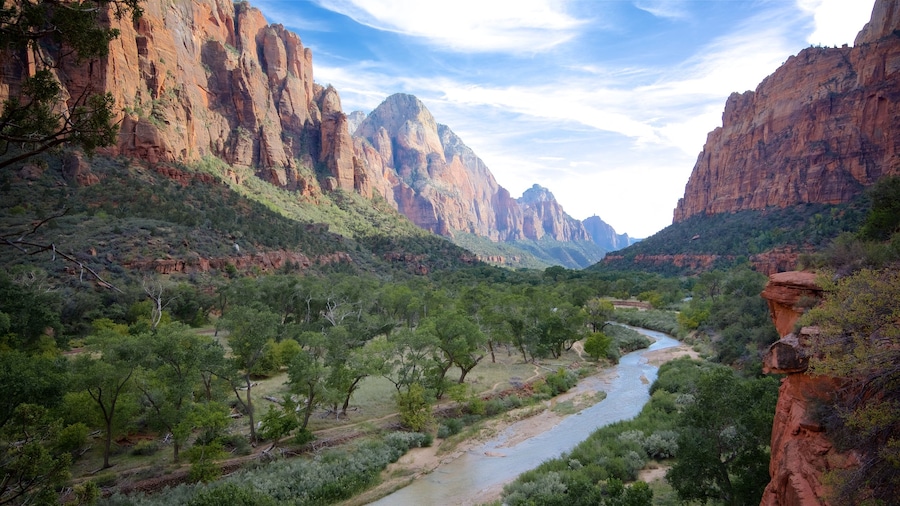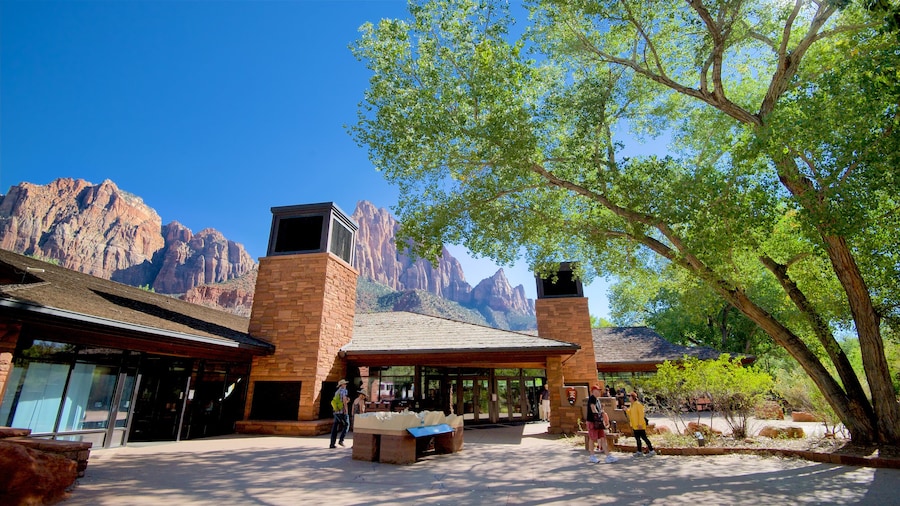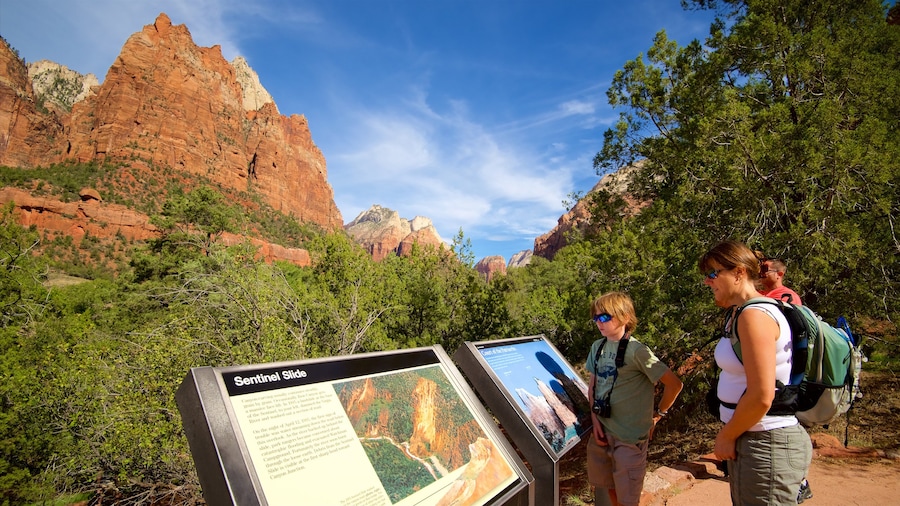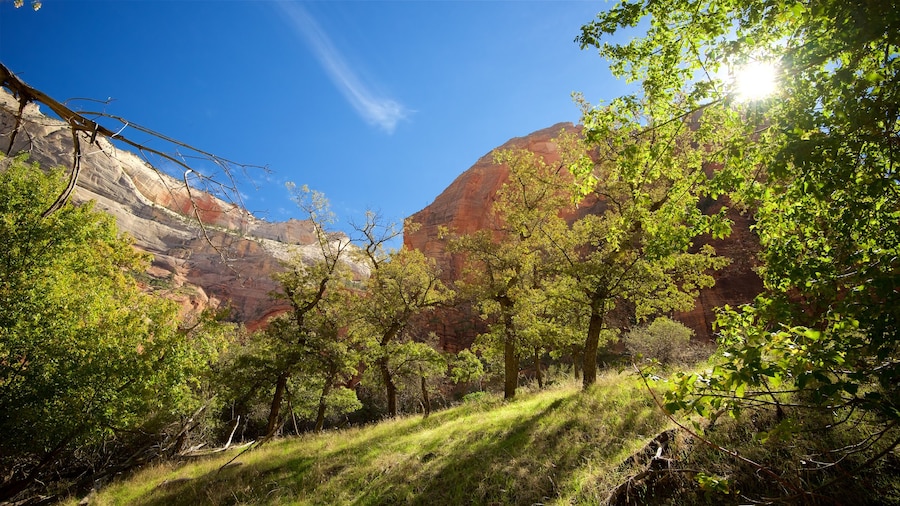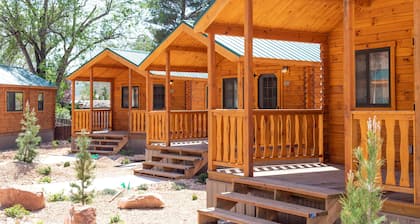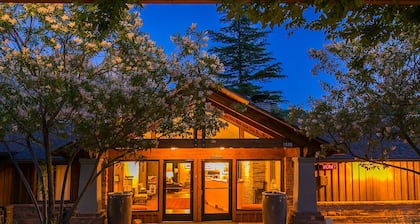Visit the Zion Human History Museum to learn about the people who lived and worked in this fascinating land that is now a popular national park. While travelers generally come to Zion National Park to view the spectacular landscapes of colorful cliffs, there is plenty to see besides geology.
Study artifacts showing that people lived in the area as early as 7000 B.C. Early Native Americans include the Puebloan Anasazi, Fremont and Southern Paiute cultures. Mormons arrived in the region in the 1850s and their descendants still run farms nearby.
The museum has several permanent exhibits. In one interesting display, begin to understand how the effects of water have impacted the geology of Utah. Rain and ice contributed to the erosion that created the ridges and valleys along the Virgin River. Water creates the falls along several popular hikes, trickling or roaring, depending on the season. Water supports the plant and animal life throughout the park and provided sustenance for the humans who braved life in these rugged lands.
Another permanent exhibit chronicles Zion’s history as a park. It was first made a national monument in 1909 to protect the canyon and was named a national park in 1919. Learn about its evolution, including 9 years following the Great Depression when young men were employed by the Civilian Conservation Corps to upgrade trails and build campgrounds, creating the welcoming areas you can enjoy today.
View the temporary exhibits that pull from the Museum Collections’ vast archives of more than 290,000 objects. Old park photographs, the history of the Union Pacific Railroad and Zion art have featured in past exhibits. Watch a free 22-minute video providing a park overview. Ask rangers questions and purchase books, maps and posters in the museum bookstore.
Come to the Zion Human History Museum daily from mid-March through October. The museum is closed from November to early March. Use the Zion Canyon Shuttle System during busy times or drive 0.5 mile (0.8 kilometers) from the Zion National Park south entrance or 11 miles (18 kilometers) from the east entrance. The park is near Springdale, Utah, just north of the Arizona border.






